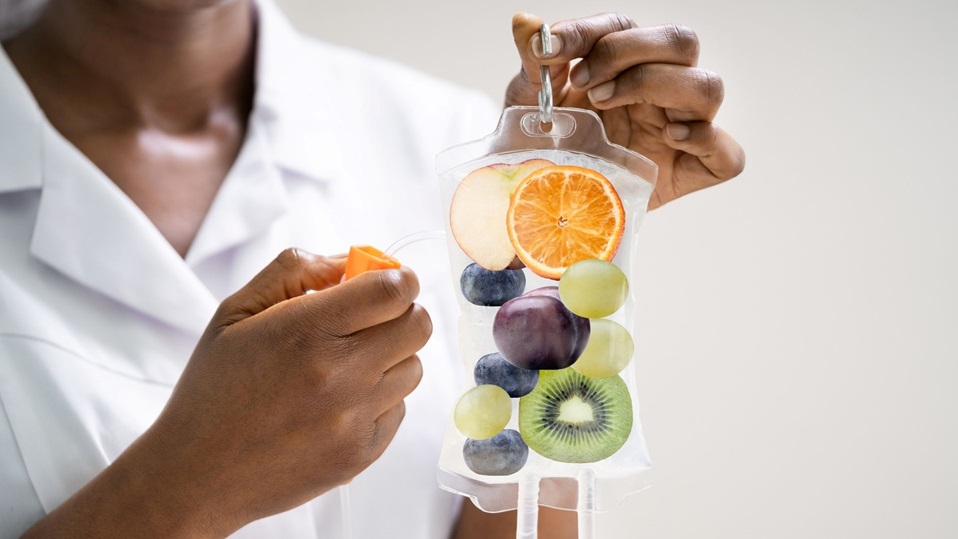As more Europeans look for natural ways to stay healthy and combat dehydration, intravenous (IV) hydration therapy has become increasingly popular over the past few years. Also known as IV drips, this therapeutic technique involves delivering hydration directly into the bloodstream through an intravenous line. Let’s take a closer look at how IV hydration works and its growing acceptance in Europe.
What is IV Hydration Therapy?
Intravenous hydration therapy, commonly abbreviated as IV therapy, uses sterile saline solution that is administered directly into the veins via a small, flexible catheter. The saline solution contains sodium chloride and other electrolytes that help replenish fluids and minerals in the body. Without using the digestive system, IV hydration allows for faster absorption and higher concentrations of hydration to enter the bloodstream compared to oral hydration methods.
Typically, IV Hydration bags contain 500ml or 1,000ml of sterile saline solution. The drip rate can be adjusted depending on the patient’s needs. A standard IV hydration session usually takes 30-60 minutes from start to finish. IV therapy clinics have popped up across major European cities to provide this service. Customers pay to receive IV bags of fluids tailored to their individual needs.
Addressing Dehydration and Hangovers
One of the most common uses of IV therapy in Europe is to combat dehydration. During summer months when heat and physical activity cause increased fluid loss through sweat, IV drips are a popular way for Europeans to rehydrate efficiently. IV clinics also see a spike in business after weekends and holidays when heavy alcohol consumption leads to dehydration and hangovers.
By delivering fluids and electrolytes lost through alcohol consumption directly into the bloodstream, IV therapy promises almost instant hangover relief compared to oral hydration. Recent surveys found over 50% of clients visiting IV clinics cited a hangover as their reason for treatment. Rehydrating in this way is thought to alleviate headache, nausea, dizziness and other unpleasant hangover symptoms much faster than drinking water or sports drinks alone.
Nutritional Ketone Hydration
Some European IV clinics now offer ketone hydration therapy featuring ketone esters added to the standard saline IV solution. Ketone bodies like beta-hydroxybutyrate are naturally produced by the liver from fat when carbohydrate intake is low. Medical researchers have found exogenous ketone supplements may provide cognitive and physical energy benefits.
Ketone hydration aims to deliver these potential performance and focus benefits along with rehydration. The idea is that infusion of ketones alongside IV fluids could boost metabolism, energize the brain and body, and speed recovery. While more research is still needed, ketone hydration has gained popularity for pre- and post-workout rehydration among athletes and busy professionals in Europe.
Treating Vitamin Deficiencies
For some clients in Europe, IV hydration therapy serves a nutritional purpose beyond rehydration. Individuals with digestive issues preventing proper nutrient absorption or those with identified vitamin and mineral deficiencies occasionally undergo IV therapy with customized micronutrient cocktails added to their drip bags.
Fat soluble vitamins like A, D, E and K that are difficult to absorb orally can be delivered intravenously. Water soluble B vitamins and vitamin C can also be supplemented through IVs when oral intake is not sufficient. Trace minerals that most Europeans may be low in like magnesium and selenium are other candidate nutrients sometimes utilized in IV micronutrient therapies. Correcting deficiencies in this way offers a convenient alternative to oral supplements.
Anti-aging and Wellness Applications
The wellness industry has driven new applications of IV therapy in Europe in recent years. For clients focused on anti-aging and overall wellness, IV hydration with added ingredients like glutathione, amino acids, coconut water or green juices act as an infusion of youth-promoting compounds. These IV “cocktails” are promoted as providing a boost of cellular hydration, nutrients and antioxidants beyond typical rehydration.
While science has yet to fully validate most anti-aging IV claims, the procedures have grown in popularity among Europeans looking to incorporate IV nutrient therapies into their regular wellness routines. Hydration combined with ingredients like vitamin C, glutathione or coconut water are thought to support collagen production, reduce oxidative stress, improve skin quality and offer a temporary energy boost for enhanced day-to-day functioning. IV anti-aging clinics have proliferated in major European cities.
Regulation of IV Hydration in Europe
As demand for IV hydration and related therapies rises across Europe, some countries have introduced medical guidelines and safety regulations for this growing wellness sector. In the UK, IV services must be administered by registered nurses with prescribed medications only given under physician supervision. Similar requirements exist in France, Spain and Germany where IV practices fall under medical guidelines.
Other European nations like Italy and Greece have slightly less stringent rules, allowing non-medical staff with basic first aid certifications to set up IV hydration businesses. But all clinics must properly sterilize equipment and use only pharmaceutical-grade IV solutions to avoid potential infections or health issues. With standardization of safety protocols, Europeans feel comfortable pursuing IV treatments as a convenient, effective way to combat dehydration and support overall wellness goals.
In conclusion, IV hydration therapy has emerged as an increasingly popular way for Europeans to stay healthy through natural rehydration and nutrient supplementation. From hangover relief to anti-aging routines, intravenous therapies provide a parenteral route for fluid and nutrient delivery that has expanded applications across the continent’s wellness sector. As safety regulations continue standardizing this practice, IV hydration looks poised to remain an important part of preventative healthcare for many Europeans going forward.



